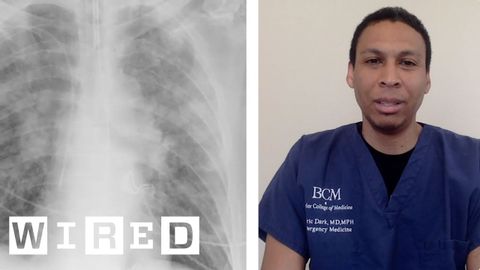
Subtitles & vocabulary
新型コロナウイルスと闘う医療現場は、どれだけ危険なのか? ERの医師が語った | WIRED.jp
00
林宜悉 posted on 2021/06/02Save
Video vocabulary
situation
US /ˌsɪtʃuˈeʃən/
・
UK /ˌsɪtʃuˈeɪʃn/
- Noun (Countable/Uncountable)
- Place, position or area that something is in
- An unexpected problem or difficulty
A1TOEIC
More experience
US /ɪkˈspɪriəns/
・
UK /ɪk'spɪərɪəns/
- Countable Noun
- Thing a person has done or that happened to them
- An event at which you learned something
- Noun (Countable/Uncountable)
- Knowledge gained by living life, doing new things
- Previous work in a particular field.
A1TOEIC
More completely
US /kəmˈpliːtli/
・
UK /kəmˈpli:tli/
- Adverb
- In every way or as much as possible
- To the greatest extent; thoroughly.
A1
More surge
US /sɜ:rdʒ/
・
UK /sɜ:dʒ/
- Noun (Countable/Uncountable)
- Sudden movement in one direction by many
- Sudden or unexpected increase in amount
- Intransitive Verb
- To move unexpectedly and quickly in one direction
- To rise to an unexpected height
B2
More Use Energy
Unlock All Vocabulary
Unlock pronunciation, explanations, and filters
